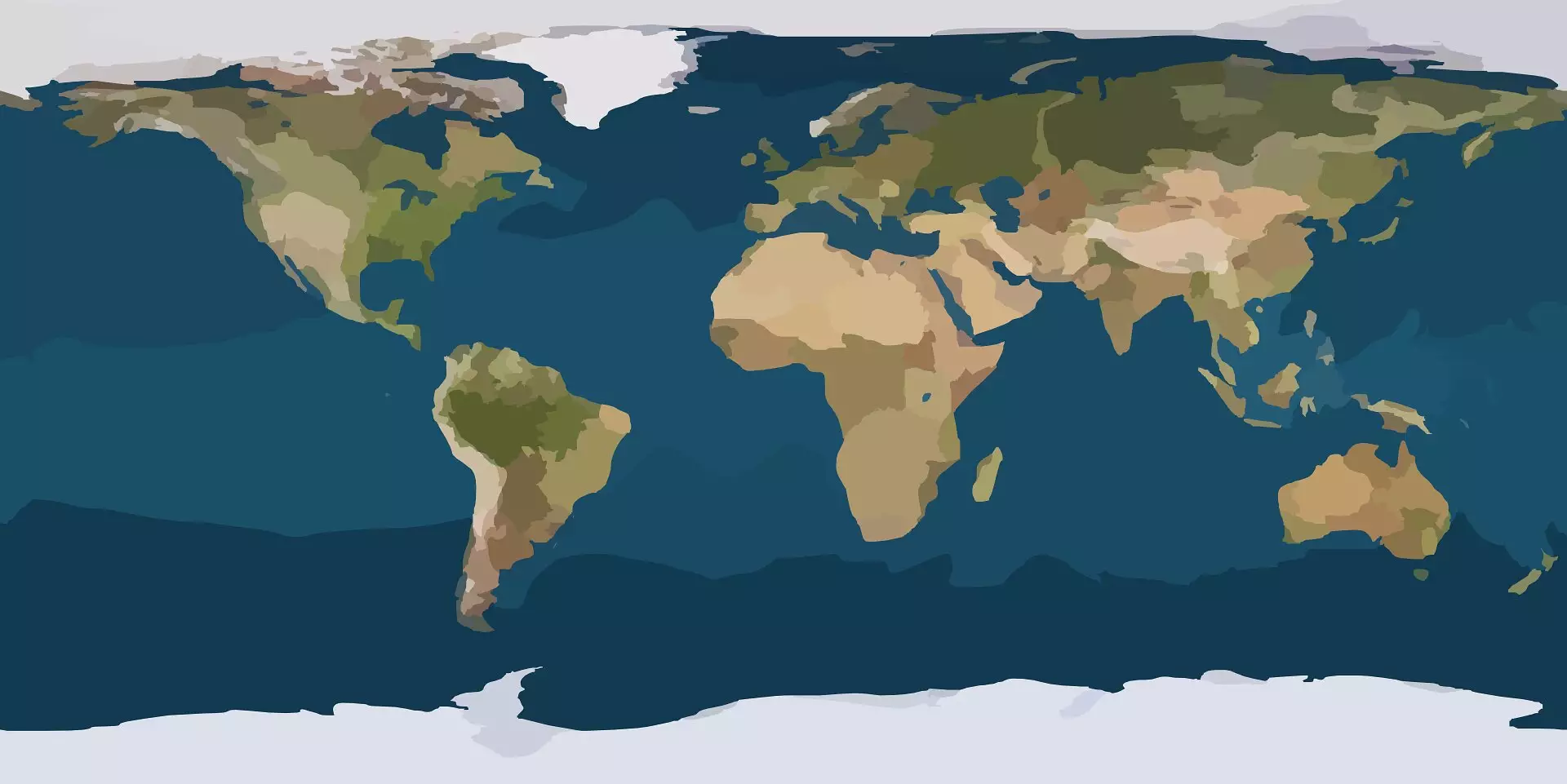Recent scientific advancements have unveiled a remarkable climate pattern lurking in the southwestern Pacific Ocean, particularly close to New Zealand and Australia. This new phenomenon, dubbed the Southern Hemisphere Circumpolar Wavenumber-4 Pattern, reveals a complex interaction between the ocean and atmospheric conditions that could reshape our understanding of global climate dynamics. Unlike the often-discussed El Niño, which has its roots in equatorial regions, this newly discovered pattern emerges from mid-latitude waters. This is significant because it highlights that areas previously considered secondary players in climate discussions can have profound implications on global weather.
The Importance of this Discovery
Lead researcher Balaji Senapati from the University of Reading likens the findings to discovering a “new switch” within Earth’s complex climate system. The implications of this discovery extend far beyond academic interest; they could fundamentally improve our methods for climate prediction and weather forecasting, particularly in the Southern Hemisphere. Current climate models often rely heavily on well-documented phenomena like El Niño and La Niña for predictions. However, the circumpolar pattern adds a layer of complexity and nuance that has likely gone unnoticed, marking a significant advancement in our understanding of climatology.
How the Circumpolar Wavenumber-4 Pattern Works
Researchers conducted exhaustive simulations spanning 300 years of climate conditions using advanced modeling techniques that integrate atmospheric, oceanic, and sea-ice components. Through rigorous analysis of this extensive data set, the team identified a persistent pattern of sea surface temperature fluctuations that effectively encompass the Southern Hemisphere.
This cyclical temperature variation generates a series of regions characterized by alternating warm and cool waters, creating four distinct areas that interact in a circular order. It originates in the relatively confined waters near Australia and New Zealand but quickly escalates into a global phenomenon. When changes occur in these waters, the consequent atmospheric shifts trigger a cascading series of effects, which are transported throughout the Southern Hemisphere by vigorous westerly winds.
Implications for Global Weather Patterns
The implications of the circumpolar pattern cannot be overstated. Understanding this atmospheric wave could unlock answers to puzzling climate behaviors that have long eluded researchers. For instance, it might elucidate specific temperature anomalies or excessive weather events that previously seemed unexplainable. As these atmospheric shifts travel around the Southern Hemisphere, they modify ocean temperatures, illustrating a dynamic system that influences global weather.
Conversely, this discovery emphasizes the ocean’s critical role as not just a passive actor but an active participant in climate dynamics. The interplay between atmospheric waves and ocean currents underscores a vital relationship where both entities constantly influence one another, leading to potentially dramatic effects on climate systems.
Independence from Equatorial Phenomena
What makes the Southern Hemisphere Circumpolar Wavenumber-4 Pattern particularly intriguing is its independence from other known weather phenomena, including El Niño or La Niña. This finding suggests that this climate pattern has been a silent contributor to Earth’s climatic fluctuations, quietly shaping weather variations without the spotlight often cast on tropical influences.
This newfound independence challenges the prevailing understanding that equatorial events primarily dictate climatic behavior, calling into question many assumptions held by climatologists. It asserts that mid-latitude phenomena deserve equal attention and warrant further investigation to gain comprehensive insights into global weather patterns.
The Path Ahead: Rethinking Climate Models
As scientists grasp the implications of this discovery, the challenge lies in integrating the Southern Hemisphere Circumpolar Wavenumber-4 Pattern into existing climate models. Future research will need to refine our predictive capabilities, acknowledging this previously overlooked pattern. It heralds a paradigm shift; the quest for understanding Earth’s climate must now incorporate diverse phenomena, both large and small, from all regions of the globe.
The emergence of the Southern Hemisphere’s circumpolar pattern symbolizes a crucial leap forward in climate science. Not only does it offer a potentially richer framework for understanding weather dynamics, but it also reminds us of the intricate, interconnected web that characterizes our planet’s climate system—a reminder of how much we have yet to uncover.

